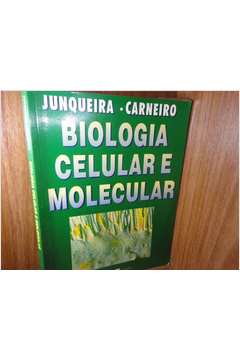

It is urgent to determine, at a single cell level, to which extent cardiac Lin-Sca-1 + cells overlap with the fibroblast compartment. In other organs, Sca-1 expression is mainly observed on mesoderm-derived cells, although it is not restricted to stem/progenitor cell populations. There is no evidence for Sca-1 expression in embryonic cardiovascular progenitors. The Lin-Sca-1 + heart subset is heterogeneous and displays a mesenchymal profile, characterized by a limited ability to generate cardiomyocytes in vitro and in vivo, even after injury. In this Comprehensive Review, we discuss the current understanding of cardiac Lin-Sca-1 + cells in light of what is also known for cellular compartments with similar phenotypes in other organs.

However, the low rate of CPCs differentiation events reported both in vitro and in vivo, even after injury, raised concerns on the biological significance of these subsets. The identification, in the adult, of cardiomyocyte turnover events and of cardiac progenitor cells (CPCs) has revolutionized the field of cardiovascular medicine. CITATION: Valente M, Araújo A, Esteves T, Laundos TL, Freire AG, Quelhas P, Pinto-do-Ó P* and Nascimento DS*. This is of interest to the general cardiovascular research community as it details methods for standardization and simplification of histo-morphometric evaluation of emergent heart therapies. Extending the use of this sampling to other types of in situ analysis is also illustrated through the assessment of neovas-cularization and cellular engraftment in a cell-based therapy setting. Protocols are provided for representative sampling of the ischemic mouse heart followed by morpho-metric analysis of the left ventricle.

However, non-methodical and inadequate sampling of the left ventricle often leads to misinterpretations and variability, making direct study comparisons unreliable. Following functional evaluation, post-mortem histo-logical analysis is essential to assess morphological and molecular alterations underlying the effectiveness of treatment. Cardiac therapies are commonly tested preclinically in small-animal models of myocardial infarction.


 0 kommentar(er)
0 kommentar(er)
